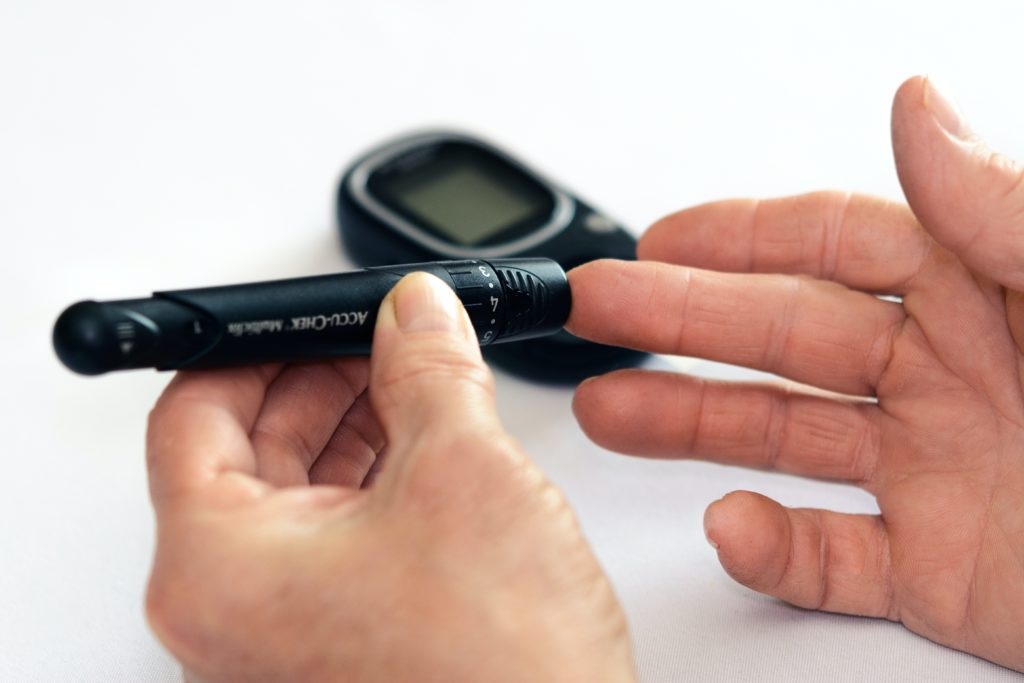Report: Aussie adults with type 1 diabetes unable to access life-changing technology due to high cost
- Young adults and low-income families with type 1 diabetes (T1D) are facing immense barriers to using and retaining vital technology to manage their disease, with inequitable access and high costs putting them at risk of financial burden and life-threatening complications.
- The financial burden of managing T1D is exacerbating mental health issues with half of those living with T1D reporting feelings of depression.
- T1D peak body JDRF is urging action now to deliver fairer, better and smarter access to life saving technologies for the Australian T1D community.
21 MARCH 2021, SYDNEY: Today, findings released from one of the largest surveys of Australians living with type 1 diabetes reveal those facing financial pressures are more likely to have poor management of their condition and experience mental health issues.
The survey, commissioned by JDRF to coincide with the 100th anniversary of the discovery of insulin in 1921, found that on average Australians living with T1D reported an out-of-pocket cost of $4,777 per year to cover health insurance, medical appointments and monitoring equipment, including Continuous Glucose Monitors (CGM).1 For the more than 1 in 10 (12%) Australians with T1D who have a household income of less than $40,000 per year,1 this is a significant cost for them to bear.
Research studies show accurate monitoring of blood glucose levels is crucial to reducing the risk of hospitalisation and access to technology is key to delivering this for many people with T1D. JDRF research shows the average Australian living with T1D experiences three hypoglycaemic or ‘low’ episodes (not enough sugar in the blood) a week, with a quarter of these resulting in a hospital visit – showing just how dangerous T1D can be and the importance of consistent, accurate monitoring.1
JDRF Chief Executive Officer Mike Wilson OAM states: “Everyone living with T1D should have access to a basic standard of care, which today involves access to T1D technology. Our task is to ensure more Australians with T1D can access that technology. Further, we want to make certain that those who have access don’t lose it, those who need it can get it, and everyone can choose what is best for them from the available options.”

The results of JDRF’s survey show cost is a key barrier to access. Close to three quarters (71%) of Australians with T1D who do not own a CGM cite cost as the main reason, with this number jumping to 88% for those aged between 30 – 49 years.1
Financial burden is exacerbating mental health issues for Australians living with T1D, with half (50%) experiencing feelings of depression and almost 9 out of 10 (87%) revealing their condition negatively impacts their quality of life.1 These staggering numbers are disproportionately higher for those in financially challenged positions (57% and 90% respectively).1
The illuminating report highlights a disjointed and unclear process for accessing new technology in Australia. These systemised failings have left many Australians with T1D unable to access a CGMdespite evidence the device provides significant improvements to quality of life and management of their condition.
“Getting access to diabetes technology in Australia is difficult and complicated. Private health insurance and Government subsidy programs can provide access to T1D management equipment for some Australians,” Mike Wilson explains. “However, not everyone is eligible for subsided equipment and many can’t afford private health insurance or to buy the technology outright.”
“We are fortunate in Australia to have a public health system to rival anywhere in the world in most areas. However, when it comes to diabetes technology, it is an inequitable system which makes access challenging. If the concept of universal healthcare is to ring true for the Australian T1D population, particularly adults, we need to make technology access Better, Fairer and Smarter”.
In its recent pre-budget submission2 JDRF called on government to continue eligibility for Continuous Glucose Monitors (CGMs) access when a person turns 21 and extend access to the Insulin Pump Program from 18 to 21.
“This would make access to technology better. To make it fairer, there needs to be some consideration by the government to create a safety net in particular for those who can’t afford access to technology
“Additionally, we can make the system fairer by ensuring the regulatory and reimbursement environment are fit for purpose. The Government needs to ensure that potentially game changing technology is accessible and affordable,” states Mr Wilson.
The full research report, as well as information on JDRF’s proposed solutions to the technology challenges can be found here.
About the survey
The research was commissioned by JDRF and conducted by Lonergan Research in accordance with the ISO 20252 standard. Lonergan Research surveyed 1,299 Australians who have or care for a person with Type 1 diabetes. Surveys were distributed mostly via a JDRF email or social post but also via other T1D organisations or word of mouth. The survey was conducted online between 27 August and 16 September 2020.
References
- Lonergan Foundation, 2020. JDRF Australia Study Report – Insights into Type 1 Diabetes people in Australia.
- Submitted in partnership with the Diabetes Alliance




